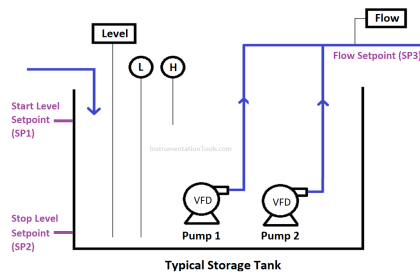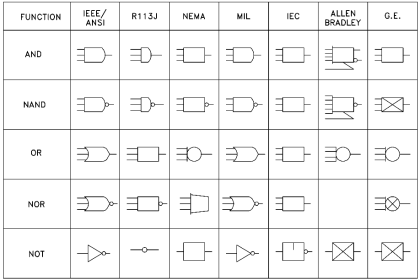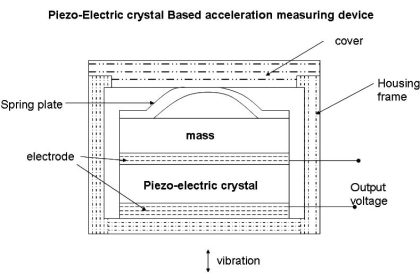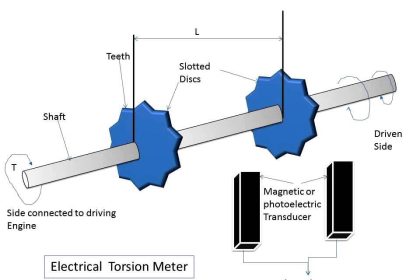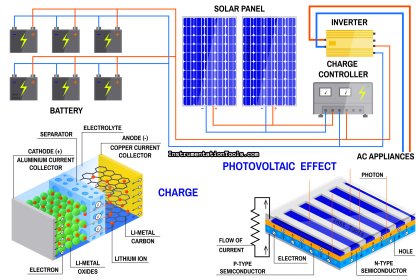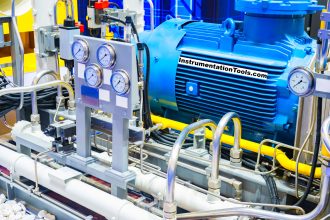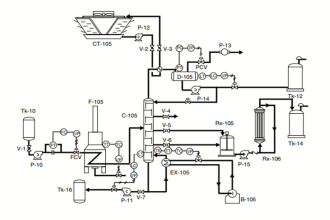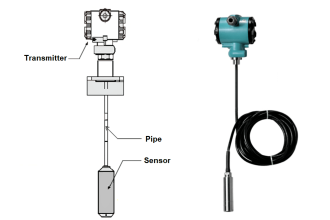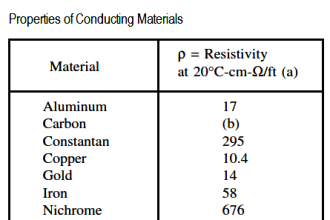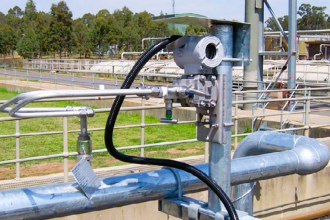The nerve of any IT company or data storage company is its server. A server is an electronic equipment with memory storage that is used to store & process the data and is connected and accessible to all through networking. The server size is very big; it is not a normal server setup that we run in a small office. It goes on building itself array by array, stack by stack.
As the number of server boxes increases, the area requirement to increases. With such a large area holding a large number of servers, continuous heat is emitted from them as they run for 24 hours daily. It is simple to a mobile you are using continuously for a long period of time and then, you feel that it is heating up. You just stop using your mobile for a time and it will again cool down.
But, this is not possible for a server; as you cannot shut it down which will otherwise cause a huge loss. So, it is necessary to cool data servers when it is in running condition. In this post, we will see how data centers are cooled.
Data Center Cooling
As the name implies, data center cooling is a technique to maintain the server rooms under operating temperature and humidity with power backup. It should neither be hot, nor cool; but warm. Failing to manage the heat and airflow within a data center can have disastrous effects on a business. It does the function of temperature management, humidity management, energy efficiency, and cooling fluid flow control.
In addition, hot air expelled from IT equipment (server) can be recycled to improve data center cooling efficiency. Efficiency can also be improved by reducing bypass airflow – the amount of time it takes for air to flow through a device. This is known as air-flow management.
A bad mixture of air (either cold or too humid) can lead to a bad refrigeration cycle. This will eventually make the chillers run more, thus increasing power consumption. So, data center cooling techniques must be apt to perform and maintain clean and healthy air.
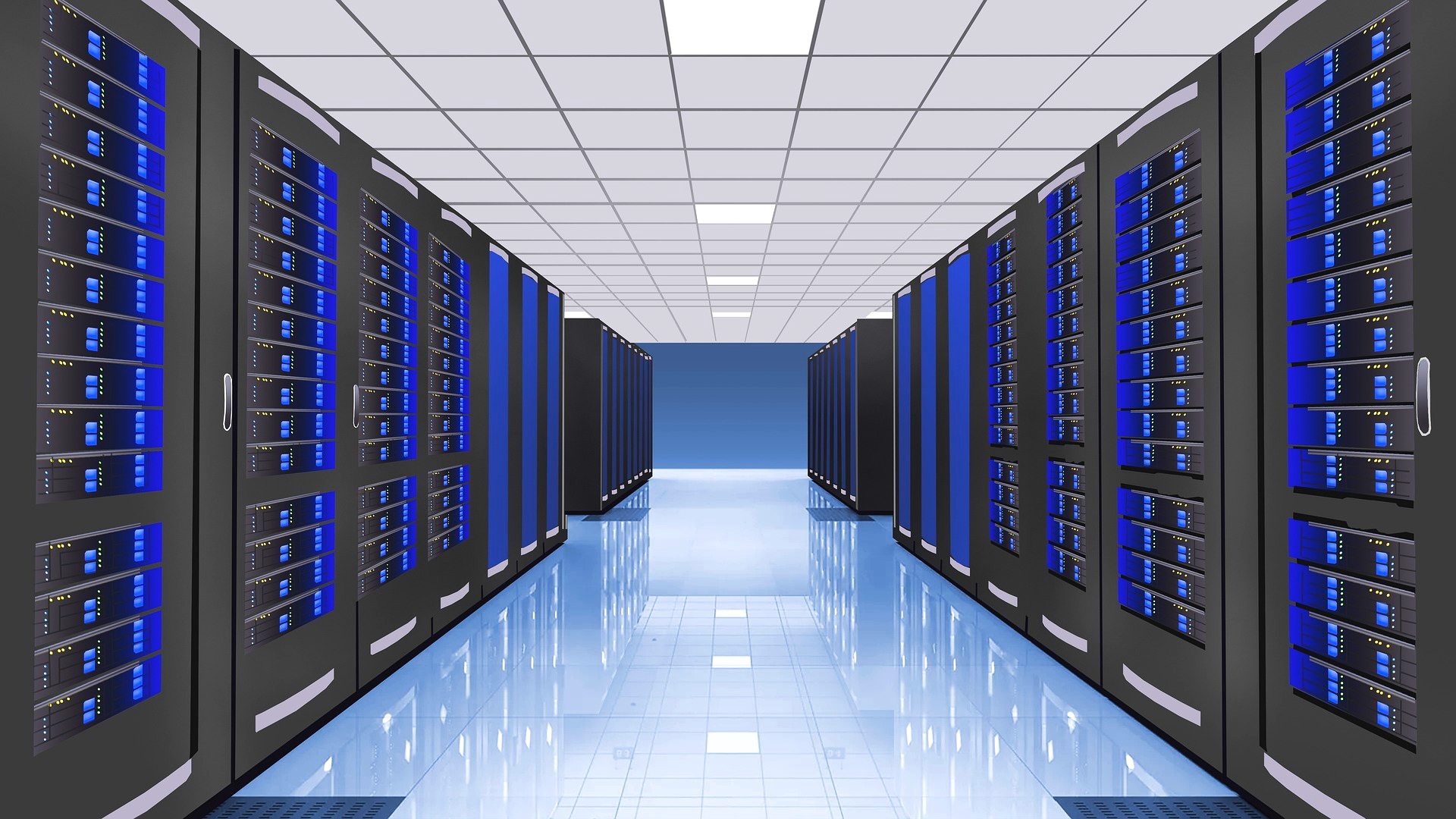
How are Data Centers Cooled?
As you know, cooling systems comprise elements like chillers, compressors, cooling towers, condensing fans, humidifiers, heaters, and dehumidifiers. All these devices form the nerve of a typical refrigeration system, which maintains both the temperature and humidity.
Majorly, data center cooling techniques are divided into two major parts – hot aisle and cold aisle. What is an aisle? It is a space between seating in a simple way.
Suppose you are sitting in a theatre; then the space between the seats of each row is termed an aisle. So, coming back to our topic, the aisle is the space between two server racks.
Let us now understand these two types more specifically.
Types of Data Center Cooling Methods
There are two main types of cooling methods, which are.
- Cold-aisle Cooling Method
- Hot-aisle Cooling Method
Cold-aisle Cooling Method
This was the original system designed to cool a server system. Refer to the below image for understanding. Here, CRAC stands for computer room air conditioner. The air conditioner comes in two types – either through a chiller or through a compressor.
CRAC employs both, depending on the requirement. As you can see, servers are mounted on a raised platform (perforated tiles). These tiles have tiny hole-type layers in them. Cold air from the CRAC is passed under the platform.

From there, they enter near the server equipment (note that the platform is raised, but holes are present only near the server). When they pass through the server, the cool air is absorbed by it and through heat exchange theory, the heat from them is released from the other end. Note that in the spacing between two server racks, a total enclosure is there, meaning that a tight curtain-type system encloses the space at both ends. This totally isolates the spacing area from the room area.
Now, the hot air from the spacing is released in the upper ducting and again goes back to the CRAC unit. The refrigeration cycle continues and the server will remain cool due to this. In this technique, as the cold air is confined only near the server, the remaining room area mostly remains mixed (hot and cold air). It is not hot like a desert but is usually above the normal operating temperature in a small range. This can make it uncomfortable for workers who need access to computers.
Cold aisle containment systems are often easier to implement since they do not need to install additional architecture to contain the exhaust air and revert it to the cooling units such as a drop ceiling or air plenum. It only requires the installation of doors at the ends of the aisles and a roof at the top. In general, cold aisle containment systems are less expensive and easier to retrofit to existing data centers.
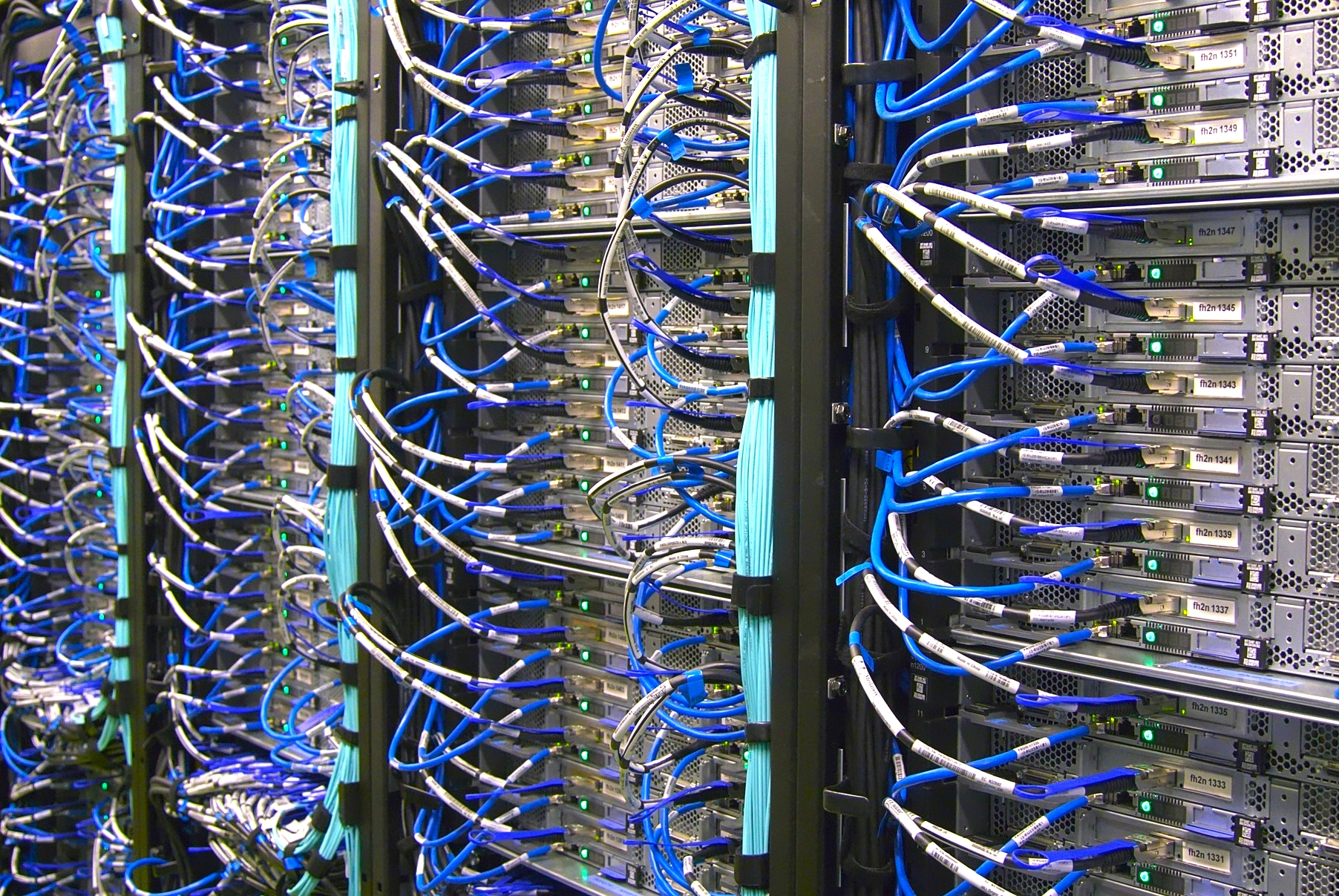
Hot-aisle Cooling Method
To solve the issue of the room not getting cooled, a new method was developed which is called as hot-aisle cooling method.
Here, instead of the raised platforms, the cold air is passed directly into the room. This is identical to a cooling system that we see in a hospital room, where the whole room is cooled down.
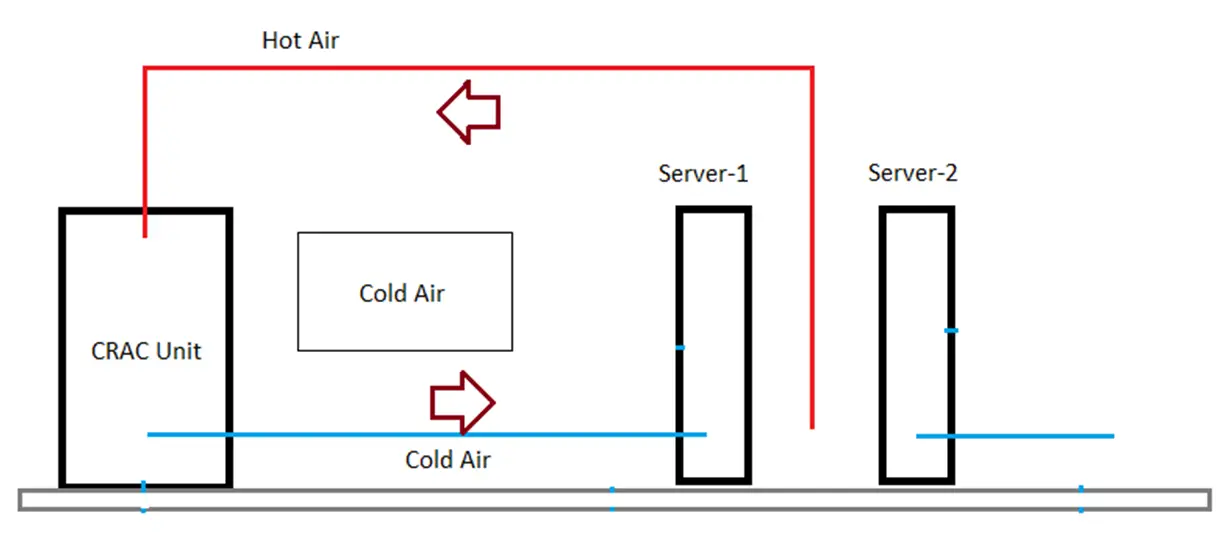
The hot air from the server is removed through the upper ducting and goes back to the CRAC unit. Ideally, the server room has a large, open ceiling plenum, with clear returns to the air handling equipment.
It is easier to have a large, open ceiling plenum than a large, open raised floor because the ceiling plenum does not have to support the server cabinets. The air handlers remove air from the ceiling and return the plenum.
These are the two generally used techniques in data center cooling. In this way, we saw how a data center is cooled.
